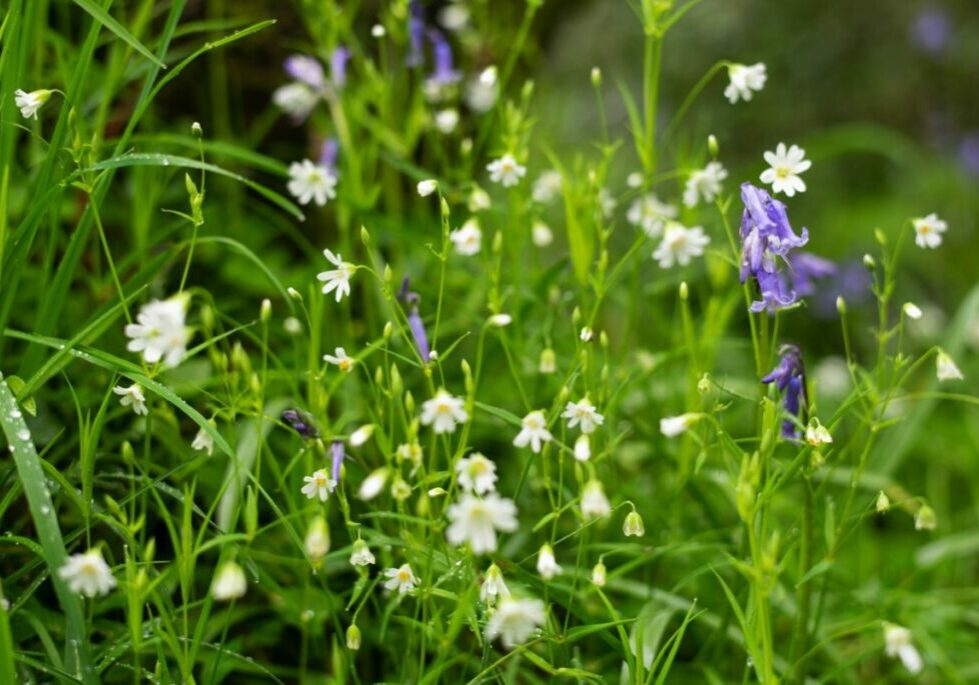We’re lucky to have a host of incredible wildlife and wild places on our doorstep, yet the UK is one of the most nature-depleted countries in the world.
Restoring our precious landscapes will take time, dedication and expertise. Luckily, people across the country are doing extraordinary things for nature, from saving ancient woodlands to championing sustainable farming.
In our new YouTube series, Bringing UK Nature Back to Life, we’re spotlighting some of the remarkable people restoring the UK’s meadows, rivers, uplands and oceans.
Across four 10-minute episodes, presenter Euella Jackson visits sites around the UK to meet scientists, farmers, entrepreneurs and volunteers.
You can watch a preview of the series, then find out more about each episode below.
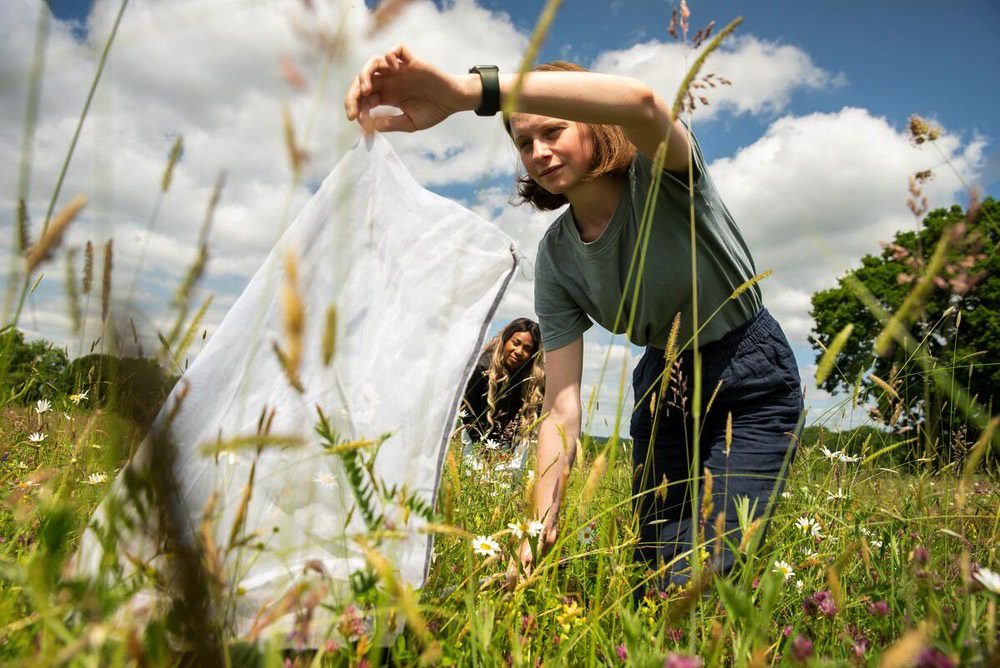
1. Meadows
Wildflower meadows provide a precious home for wildlife and nutritious food for farm animals, but there’s only 3% of this historic landscape left in the UK. Thankfully, things are changing. In Herefordshire, James Hawkins and his family are restoring meadows at their farm to expand habitats for wildlife. And farmer Billy Lewis is creating healthy, carbon- and water-storing soils – “farming alongside nature is the ultimate goal we should all be aiming for,” he says. And it’s not just agricultural change that’s happening. At Adhisthana Buddhist retreat (pictured), residents are creating meadow communities for the benefit of animals, insects, plants and people.
Watch the Meadows episode
2. Rivers
Our rivers are vital for wildlife and people, but they’re contaminated by sewage and agricultural run-off. In Norfolk – where rivers are under huge pressure – Dr Richard Cooper (pictured) is working on a wetland that will treat wastewater, harnessing the power of plants that can remove pollutants and convert them into plant growth. Ed Bramham-Jones from Norfolk Rivers Trust is helping to bring back dam-building beavers that can single-handedly engineer freshwater habitats, while his colleague Ursula Juta is surveying white-clawed crayfish that indicate healthy rivers. “What is good for them, is good for us,” she says.
Watch the Rivers episode
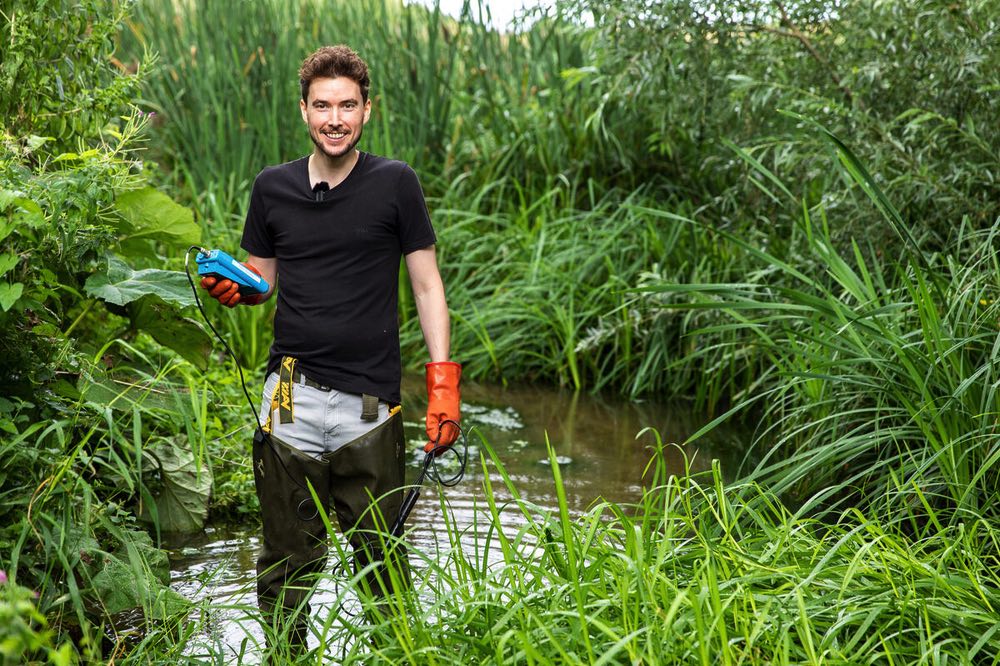
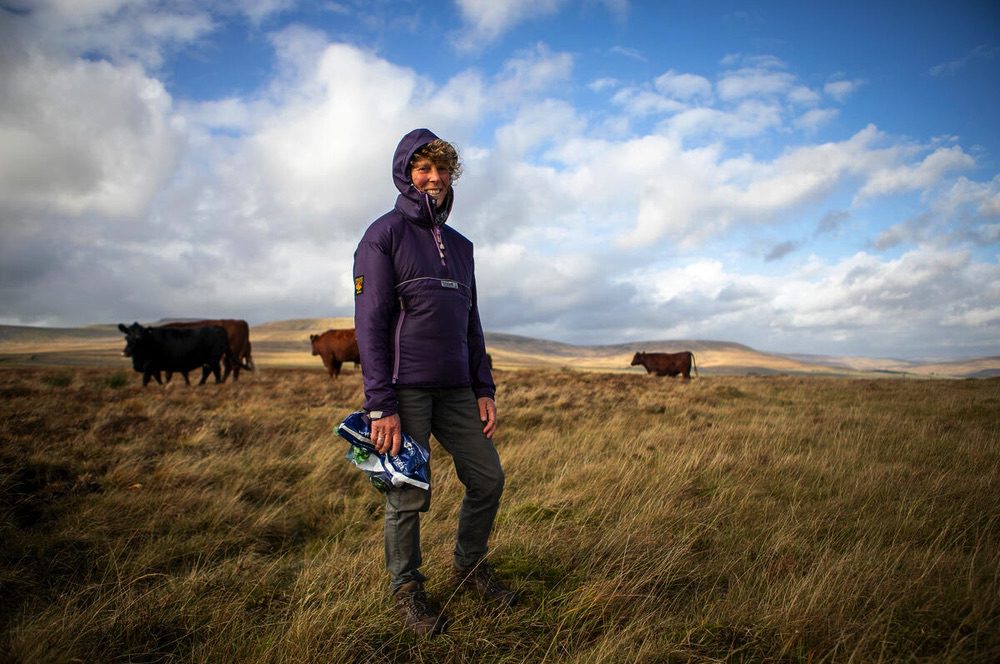
3. Uplands
Our uplands should be a patchwork of woodland, moorland, grasslands and wetlands, but over the years this rich diversity has been lost. Through the Wild Ingleborough project, we’re supporting people to restore over 1,500 hectares of our precious uplands around Ingleborough in the Yorkshire Dales. Sally Hempsell (pictured) moves her cattle around to ensure nowhere is overgrazed, creating grassland that’s perfect for wildflowers and ground-nesting birds. Meanwhile, volunteers Finn, Amy and James are restoring historic dry-stone walls. Thanks to them, we can bring Ingleborough’s uplands back to life and provide a home for wildlife, support food production, store carbon and prevent flooding.
Watch the Uplands episode
4. Oceans
Seagrass and kelp are vital refuges for marine wildlife, and the health of our oceans depends on their restoration. In west Wales, the Project Seagrass team are helping to restore the coastal seagrass meadows and have even transformed an old car park into a seagrass nursery, eliminating the need to take seeds from wild plants. Meanwhile, the team at Câr-y-Môr – the first regenerative ocean farm in Wales – are using the power of kelp to restore the marine environment while also exploring sustainable food production and creating local job opportunities.
Watch the Oceans episode
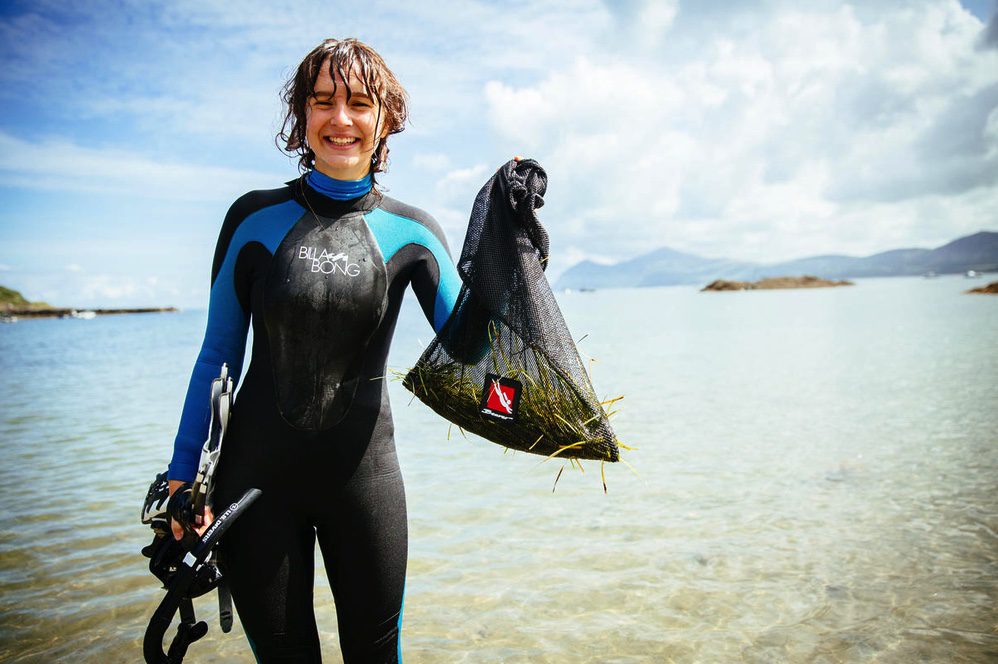
Become a UK wildlife champion
You can find lots of ways to take action for UK nature at home or in your community on the Save Our Wild Isles website.
More to explore
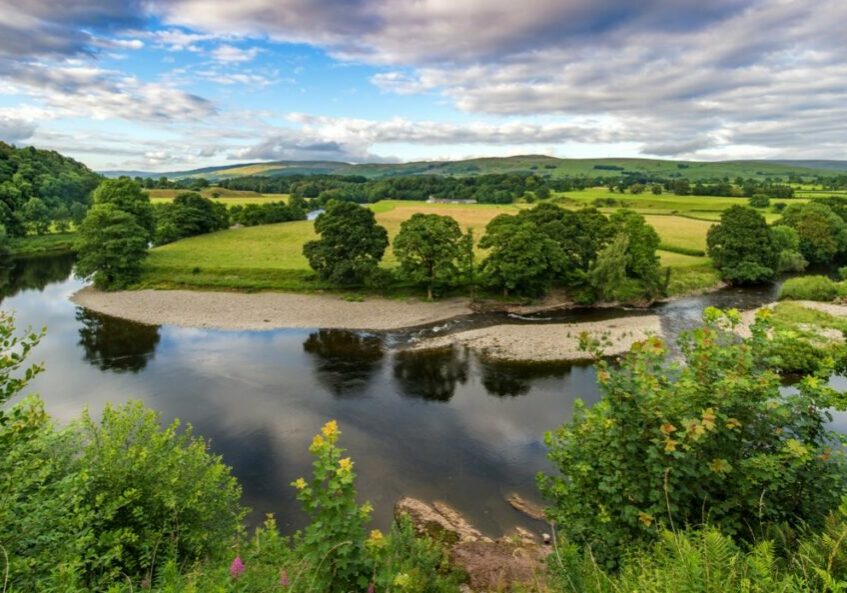
Save water, protect our rivers
In a warming climate, the UK’s rivers and streams are in greater danger of running dry. But we can help to preserve them – just follow our 10 tips to reduce your water use

